Hey guys,
Today our journey through Brittany continues - we're going to Quimper. Quimper is the capital of Finistère (which you might already have got to know a bit better through my last posts ;)). The name comes from the Breton "kemper". It literally means "confluence". The name comes from the fact that the town was built at the "confluence" of the Frout, Steir and Odet rivers. I think there is something to this naming ;)
Quimper is also one of the seven old bishop towns of Brittany. For this reason alone, it has a lot of history to offer and many tourists come here every year. But you shouldn't let that put you off.
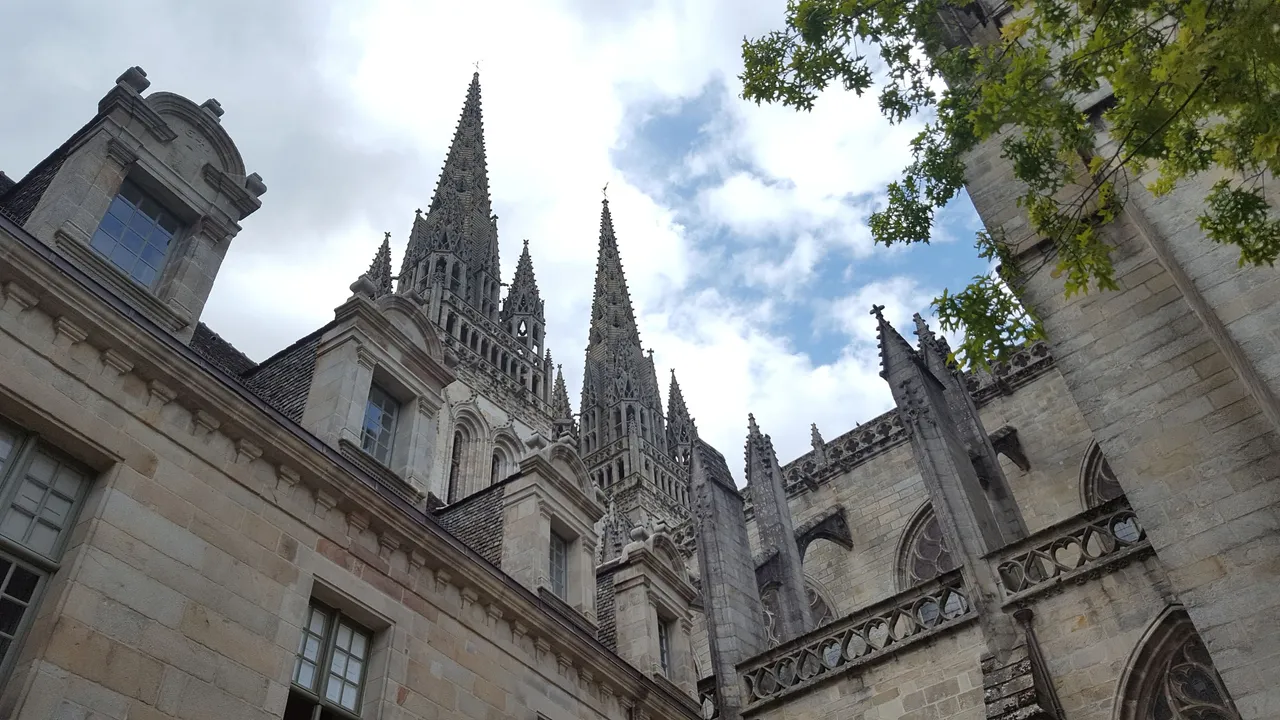
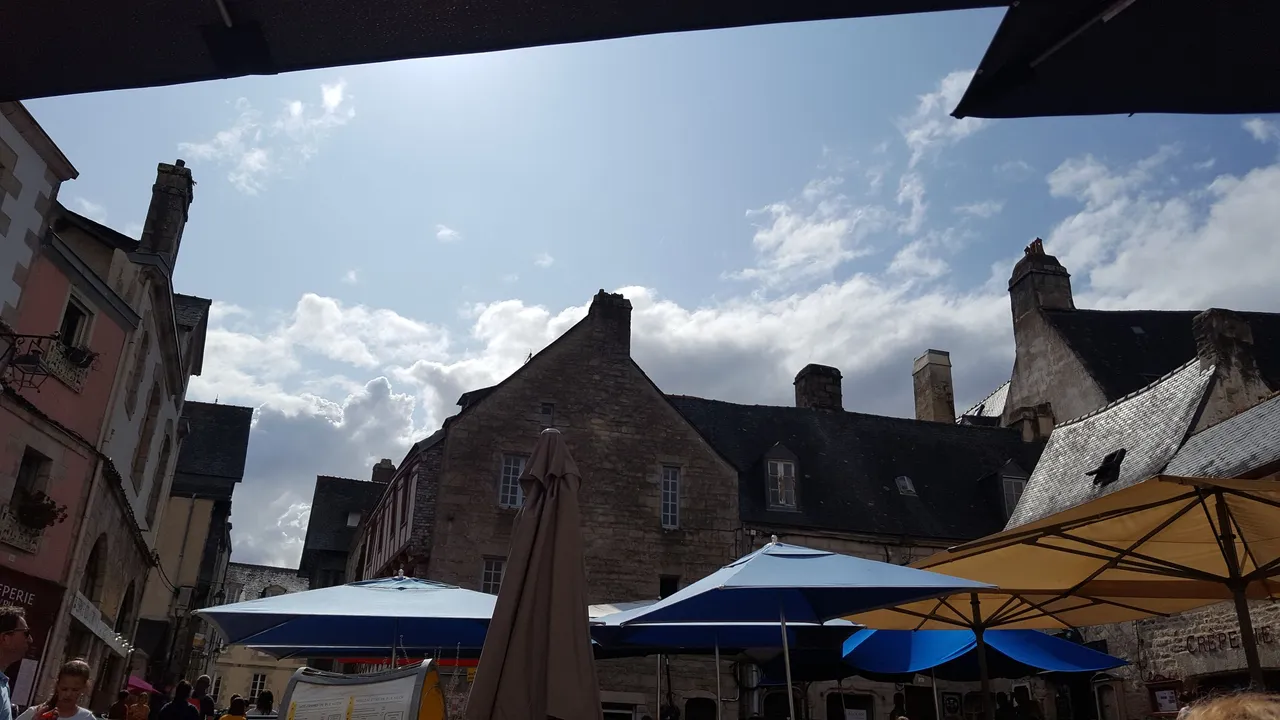
Quimper has a lot to offer: there is a large square, the "Place-St-Corentin". There are many cafés here. Together with the town hall, the square forms the centre of the town. Around the square are all the sights:
St-Corentin Cathedral, obviously built in Gothic style, you can see in my photos. The building looks great ! In addition, there is a museum of fine arts with painting (which appealed to me in particular, because I also paint with acrylics and palette-knives). And then there is the Breton Museum of the Department. So a lot to explore ;)
A fascinating old town of Quimper
What fascinated me most about Quimper is the old town. Yes, I love old towns. And the half-timbered houses just look great. There are also beautiful shops, restored in the "old style", that invite you to stroll around. Especially recommended: the market hall, where you can try out the culinary offerings free of charge. Fish, cheese, wine, fruit and vegetables are offered here every day, of course everything is fresh.

If you walk away from the old town towards the banks of the Odet, you will find yourself in the Locmaria district. Here you will find the roots of the city and a lot of history. A Romanesque church is located here. In this district there was once a Roman settlement, "Aquilonia".
On the way there, you will pass the Faïenceries Museum. The Faïenceries H. B. Henriot is also on the way. It houses ceramics workshops where people have been painting by hand for more than 300 years.
One thing you definitely can't miss when visiting Quimper (it's a must-see like the Eiffel Tower in Paris ;)): the porcelain factory. For four centuries, the faience workshops have been shaping and decorating faience (artisan ceramics) by hand, according to ancient traditions, without the use of machines.The cool thing is that you can also visit the workshops and even see the entire production process! In many small steps, you can see how water and clay are turned into truly unique pieces (even if they are all very similar, of course).
First the clay is moulded, then worked, fired, covered, decorated and fired a second time.
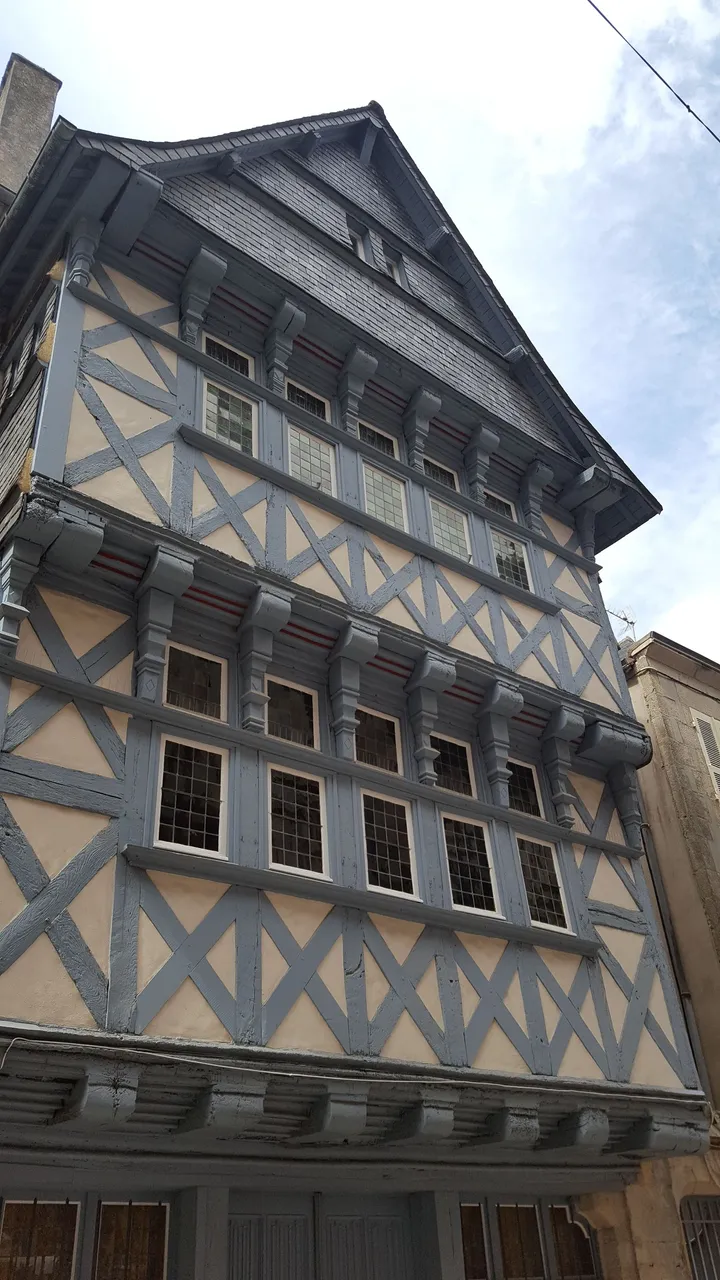
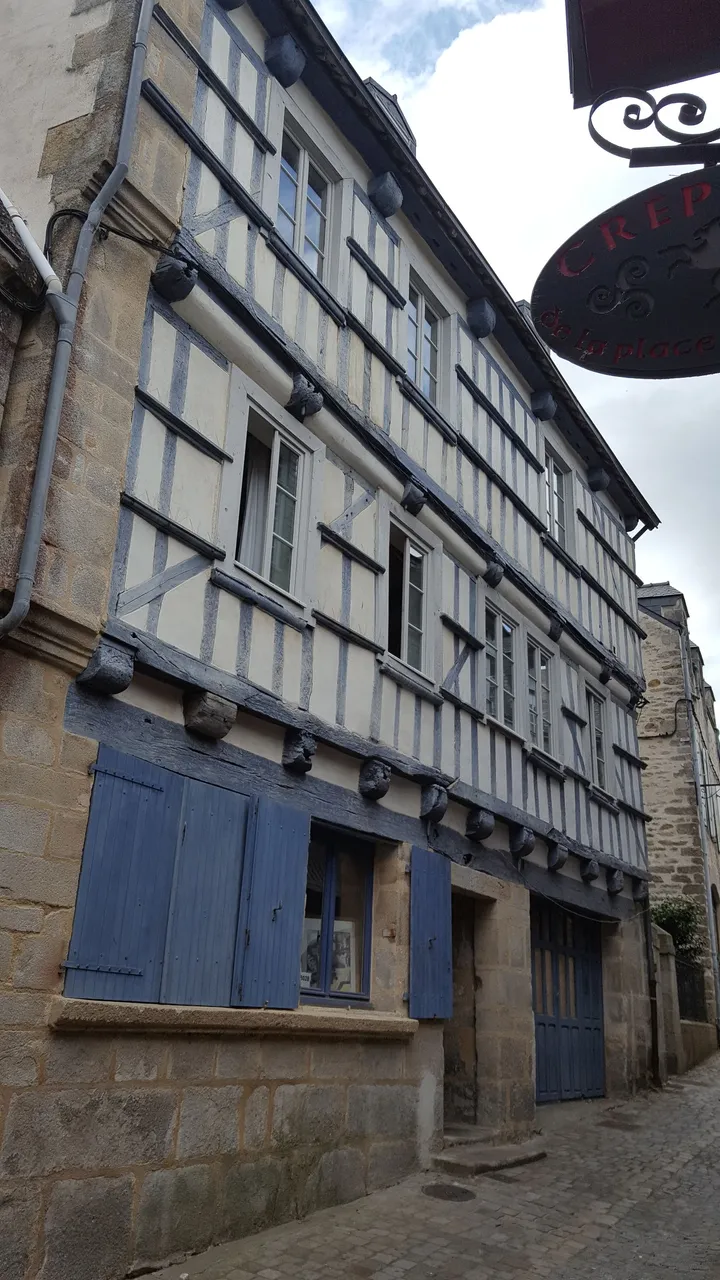
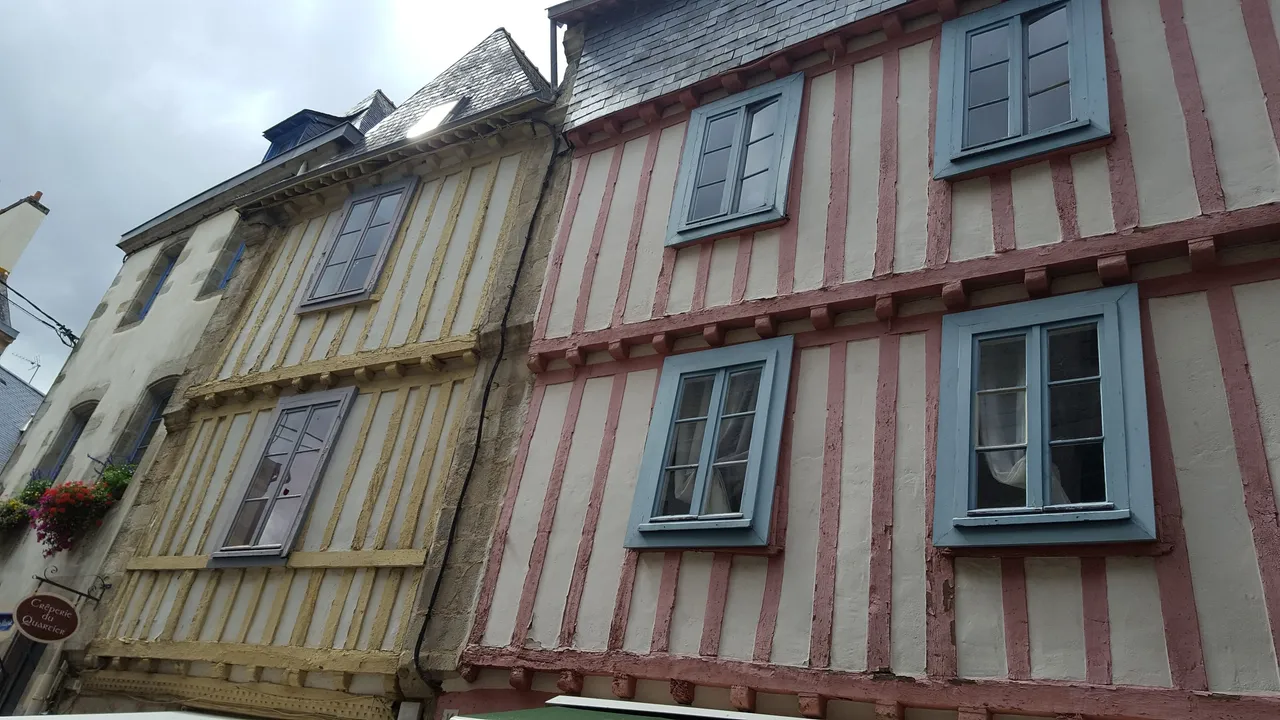
Breton tradition
Which I thought was really great: That there's really a lot on offer here in the Breton style, whether it's clothing, food or customs. Everything here has tradition and is designed accordingly. If you come here to get to know Breton life and customs better, you've come to the right place.
You can even buy real Breton clothes in Quimper, in the large sales hall right next to the factory of the textile company Armor-Lux.
Especially those who like to wear fishermen's and sailors' clothing will get their money's worth here.
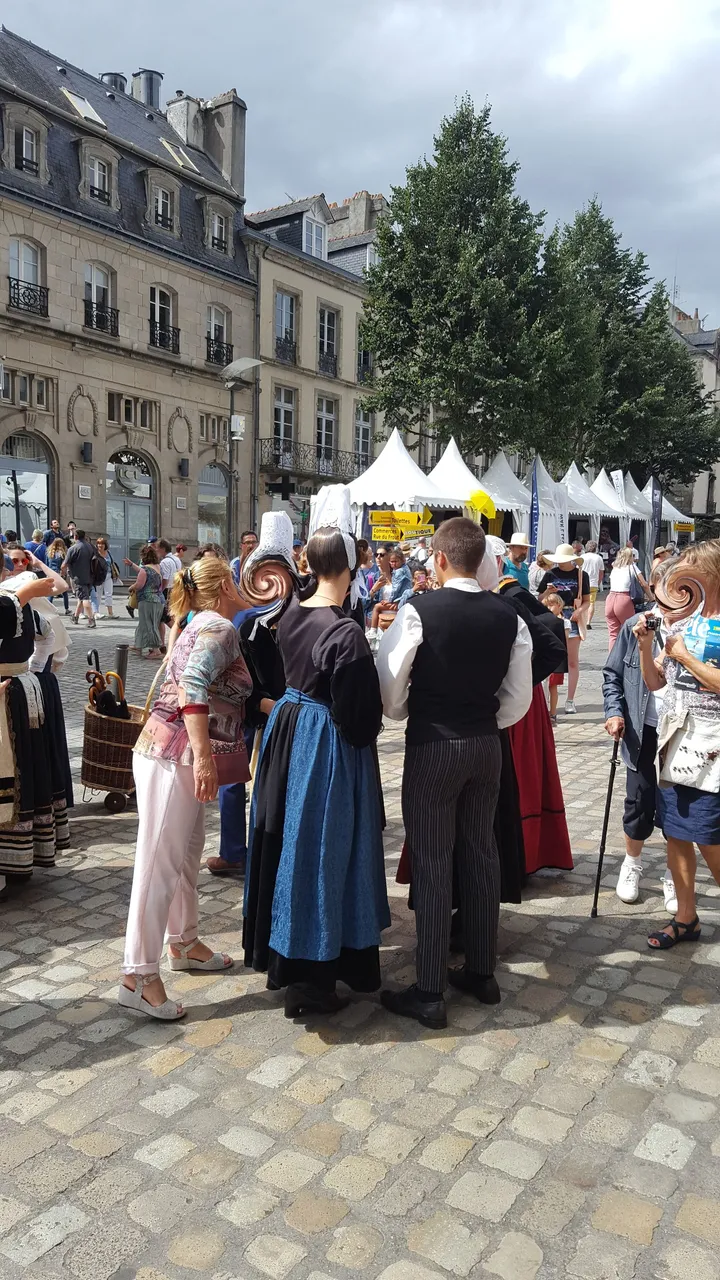
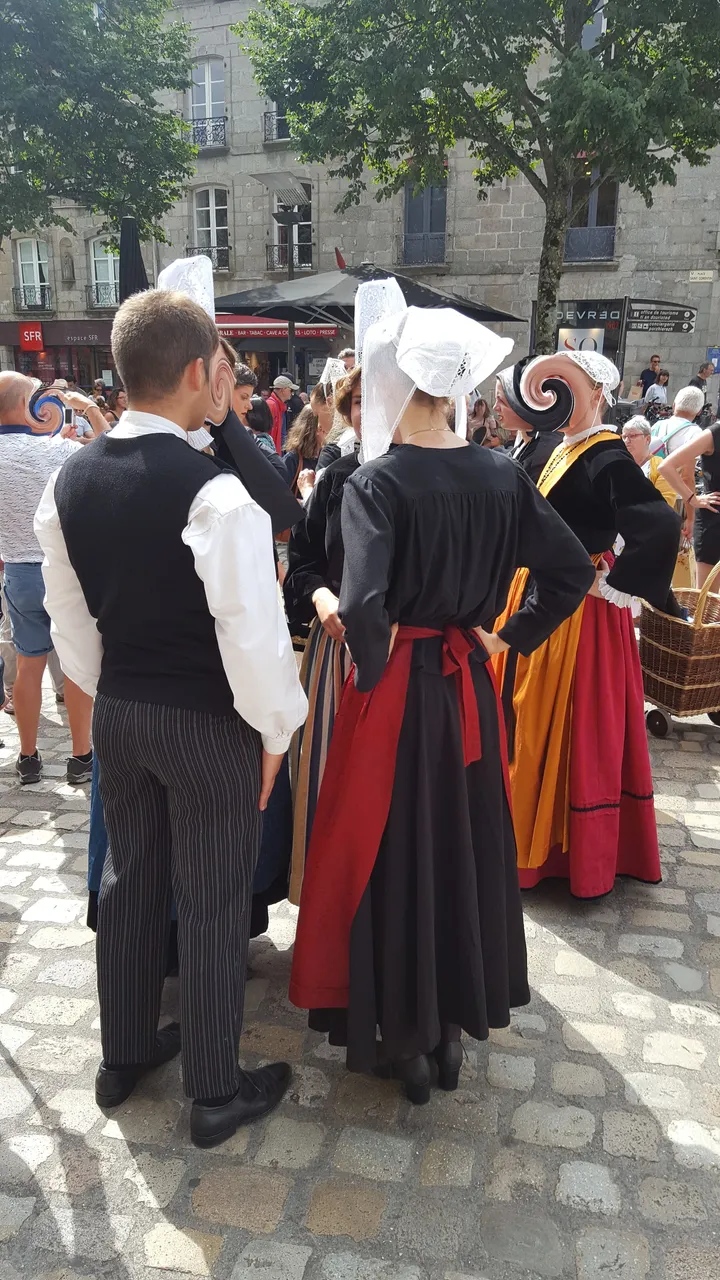
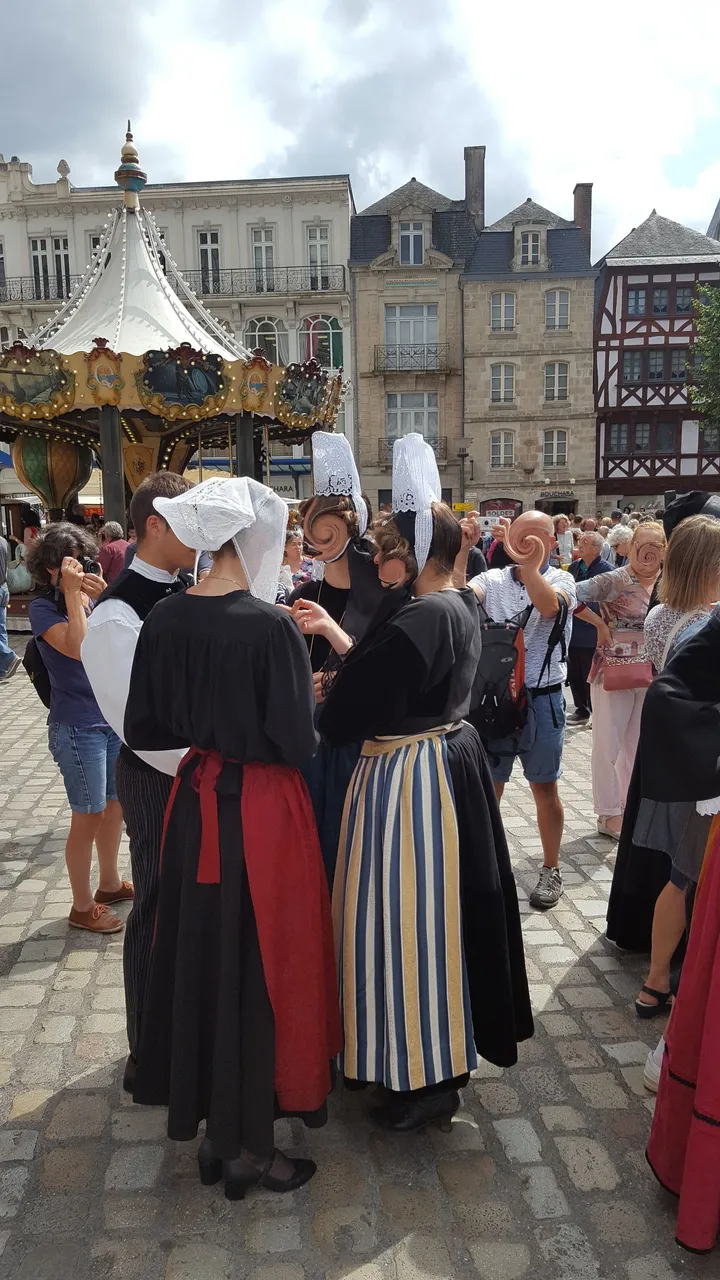
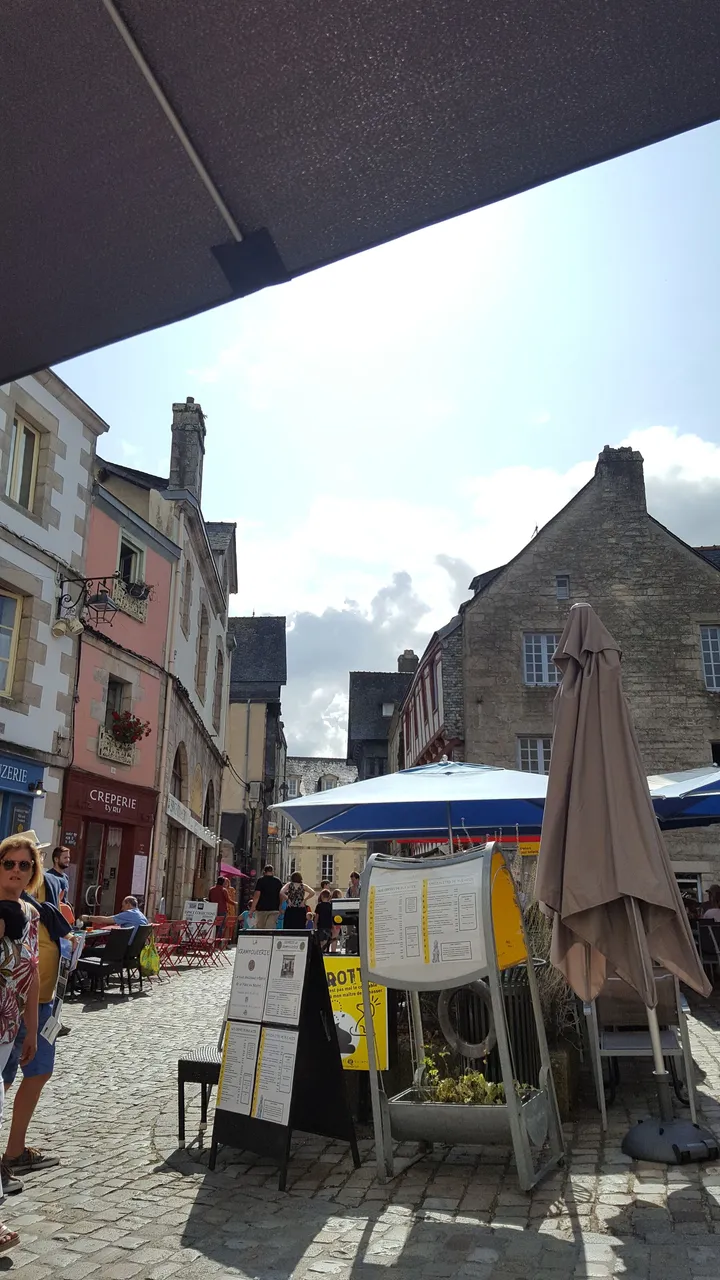
A gothic cathedral with a special choir
And now something about the history again: According to legend, the town was founded at the beginning of the 6th century next to a hill. Romans are said to have already had a settlement on this hill.
King Gradlon is said to have made the town the capital of Cornouaille at that time. The Romans then transformed the town into a major trading centre.
The construction of the cathedral, one of the trademarks of Quimper, took its time: it is precisely on this cathedral that one can see a perfect Gothic style as hardly anywhere else. The spires of the cathedral have been renovated once. Construction of the cathedral began in 1240, on the foundations of a former Romanesque cathedral. What makes the cathedral so unique is that there is a choir that leans to the left. Why this choir slopes to the left is still not known.
Opposite the cathedral, in the Rue Kéréon ( Street of the Cobbler ), the old town begins.
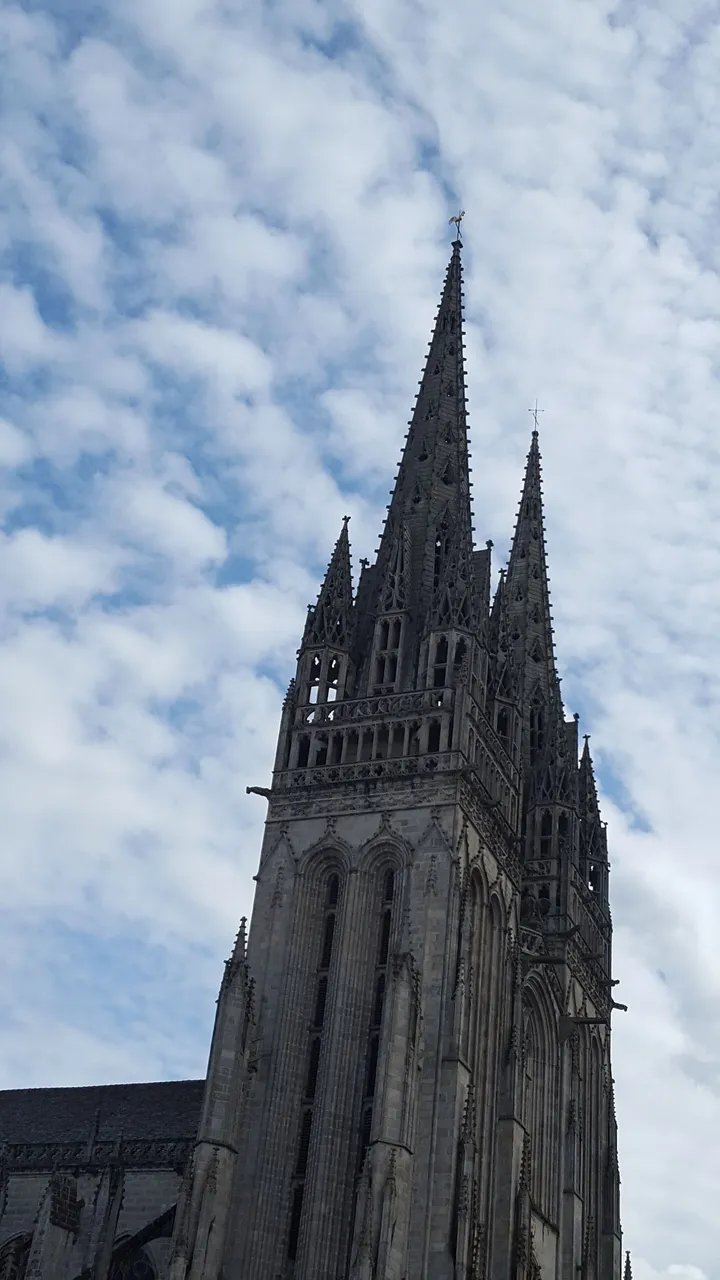
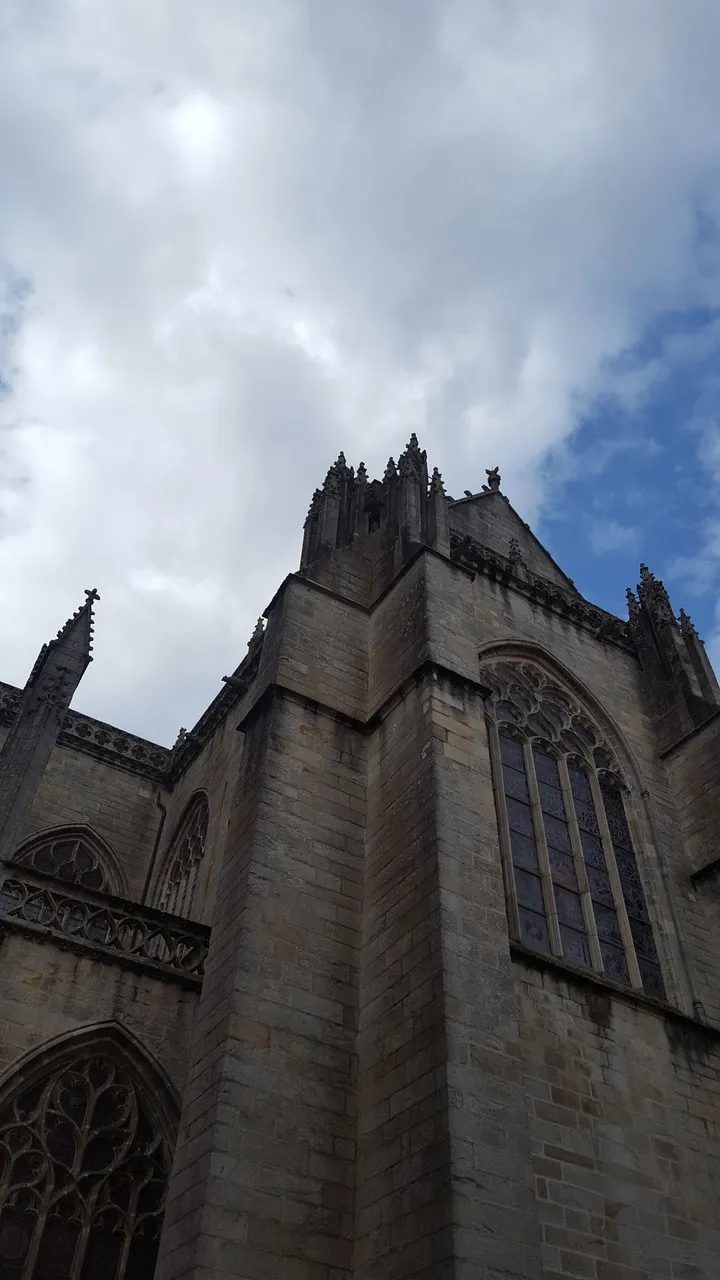
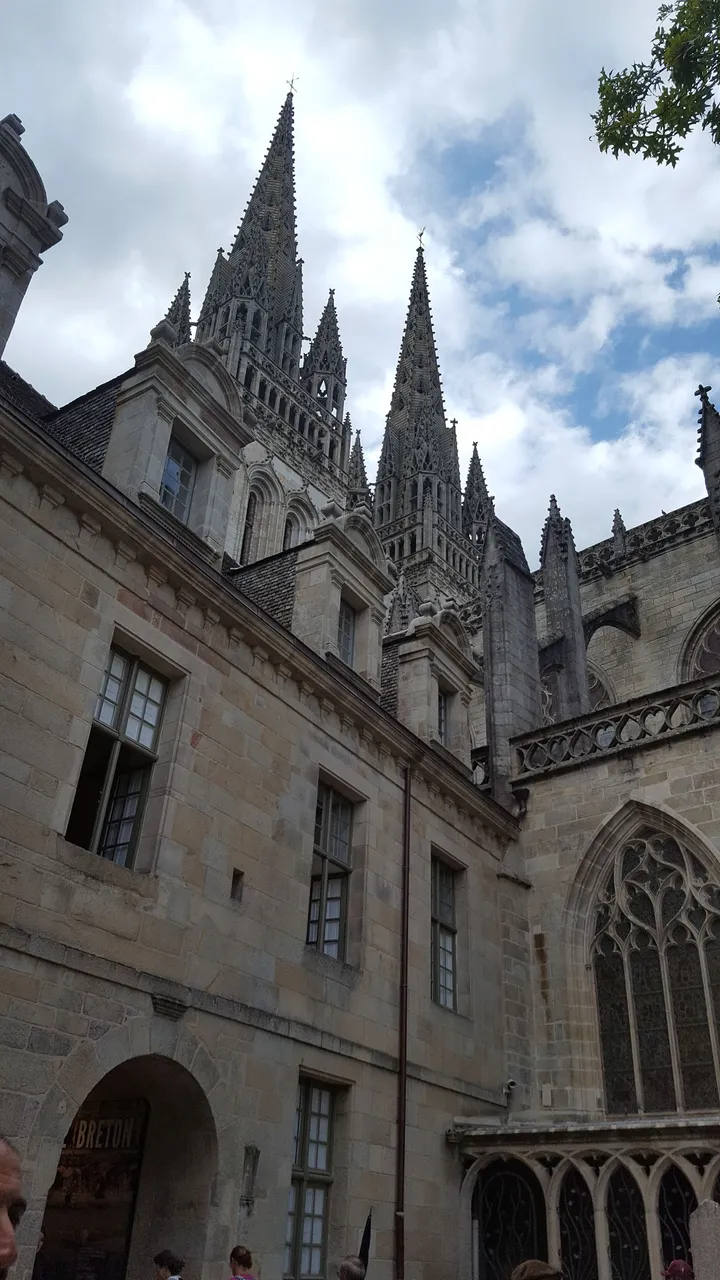



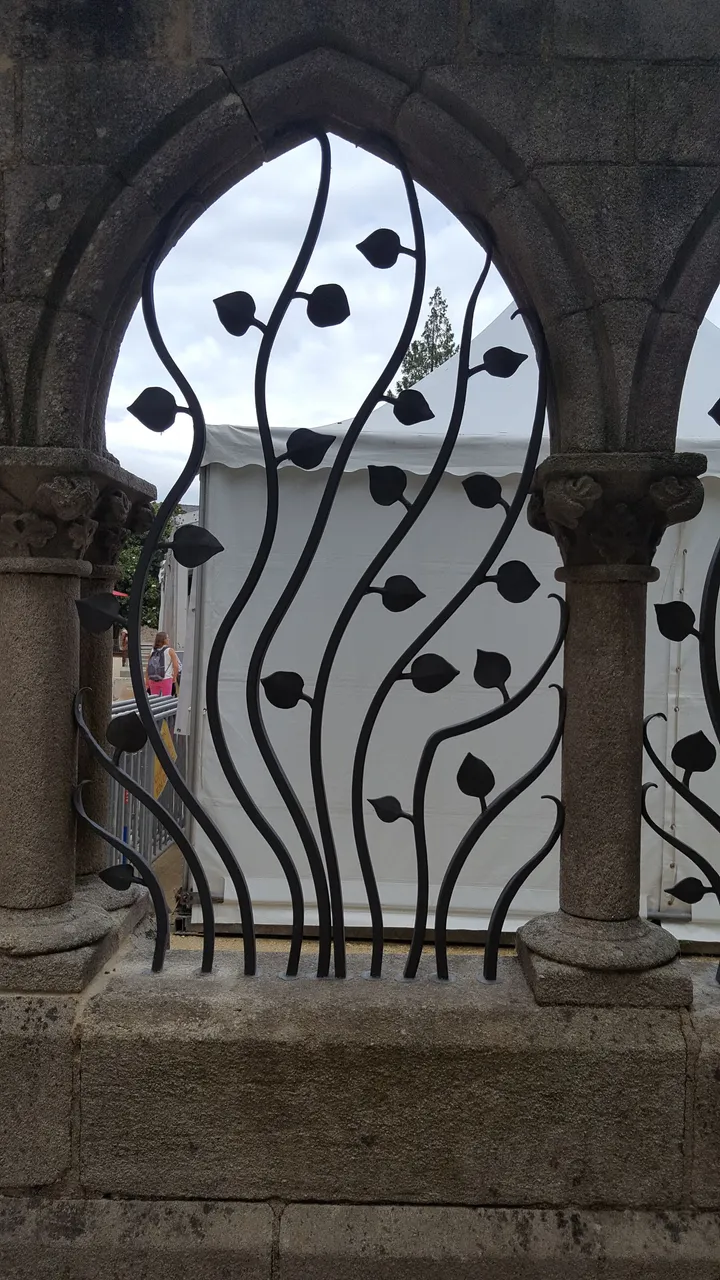
An architecturally changing picture on the promenade
What I would find very interesting from an architectural point of view: On the banks of the river you can hardly find any old half-timbered houses here. The flair is very different here. I really liked this contrast! Instead of the old half-timbered houses you will find somewhat modern, more elegant houses from the 18th and 19th centuries.
What I heard, which should also be a nice place in Quimper, which I haven't been to (maybe if someone reads this and has visited the place, like to write it in the comments as it was there;)):
The parks at Lanniron Castle. It is also called the "Domaine de Lanniron" and is located on the banks of the Odet River, about 2.5 km from Quimper. The bishops used it as a summer residence for 6 centuries, a really long time. The palace was rebuilt in the Palladian style in the 19th century. From what I've heard from the castle you have a nice view of the French gardens which are kept in the style of the 17th century. Almost in terraces, they go down to the shore.
I hope you liked the Post, i would love to hear what you think about it :) Til next time!
